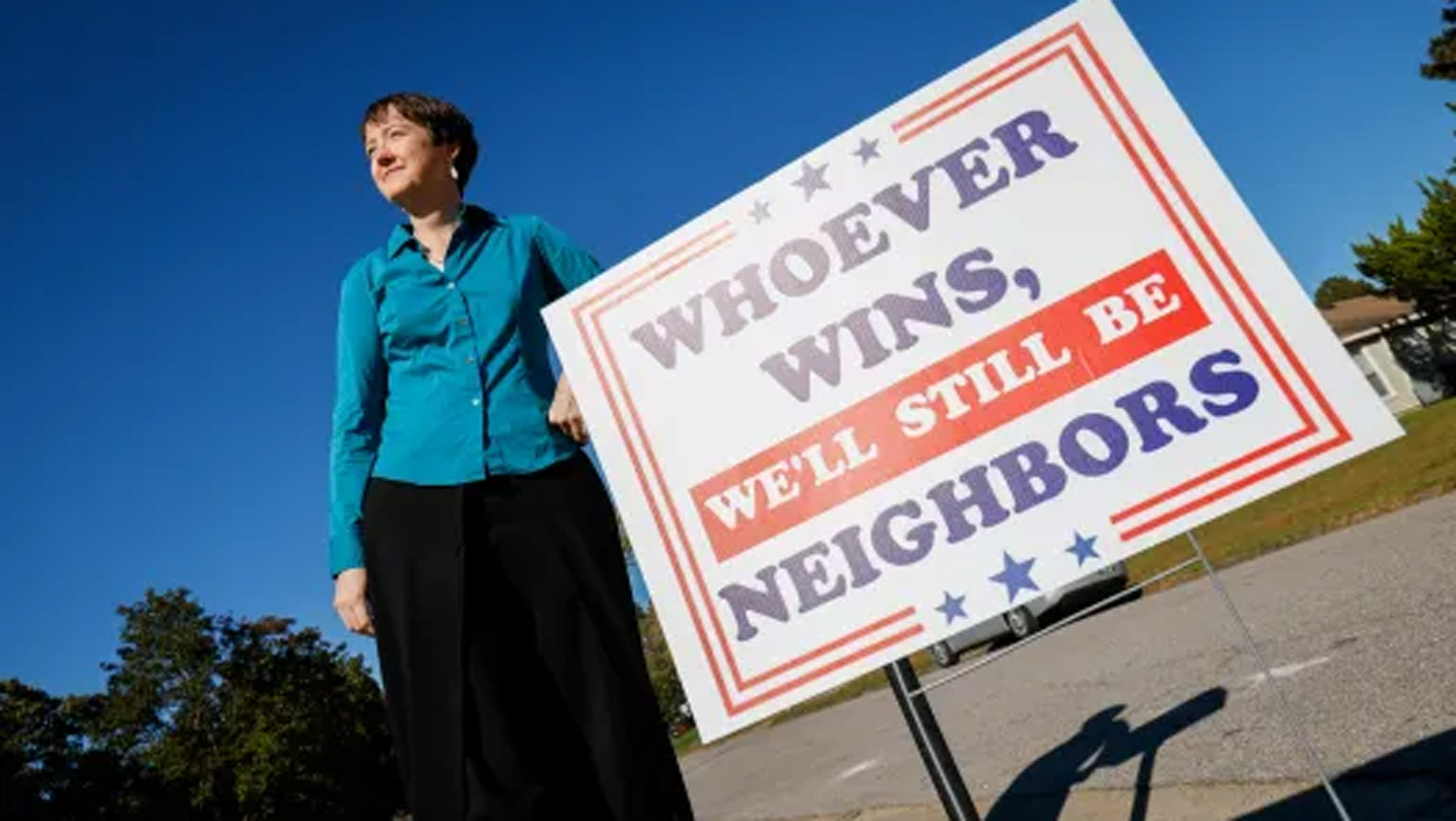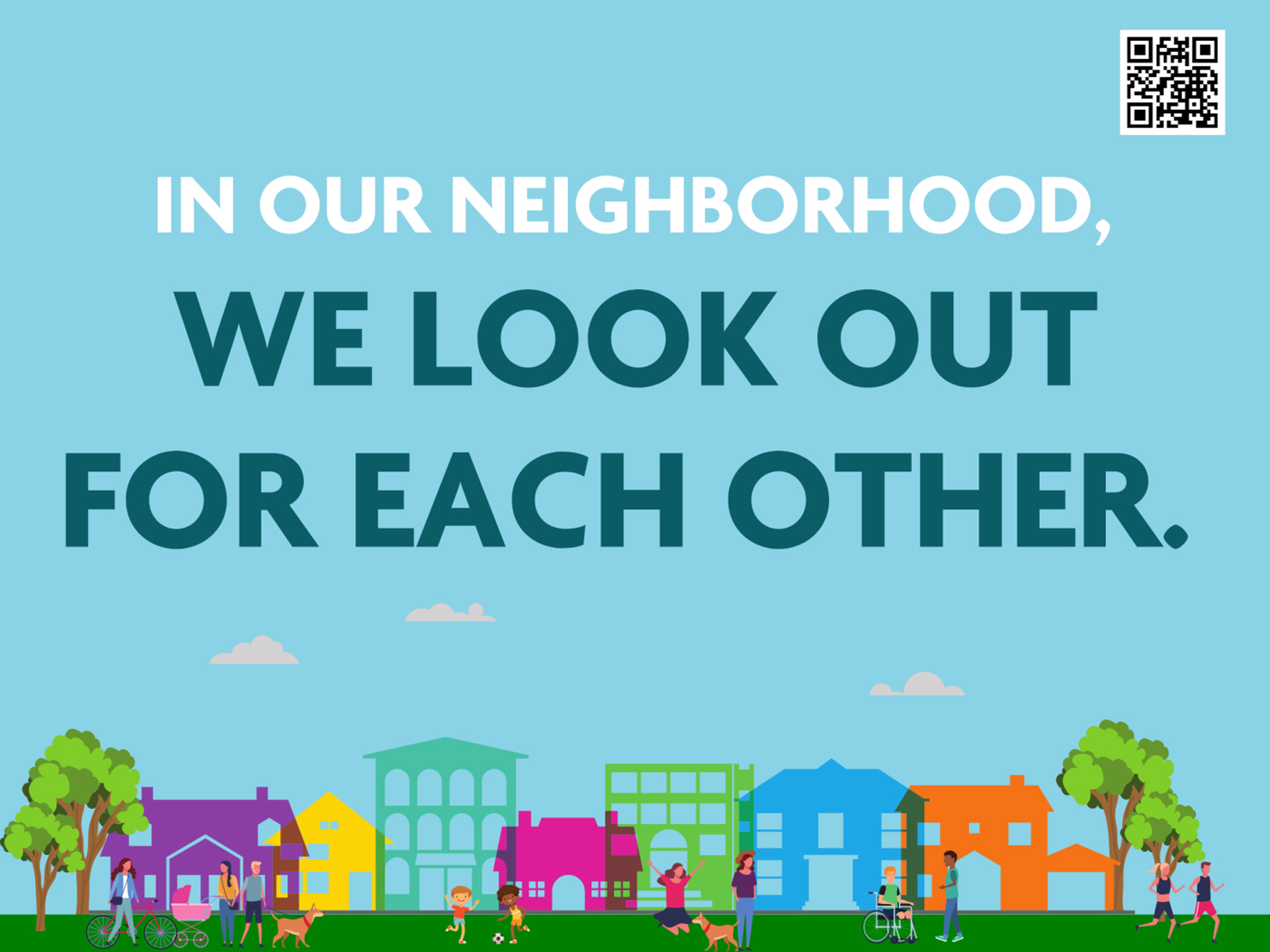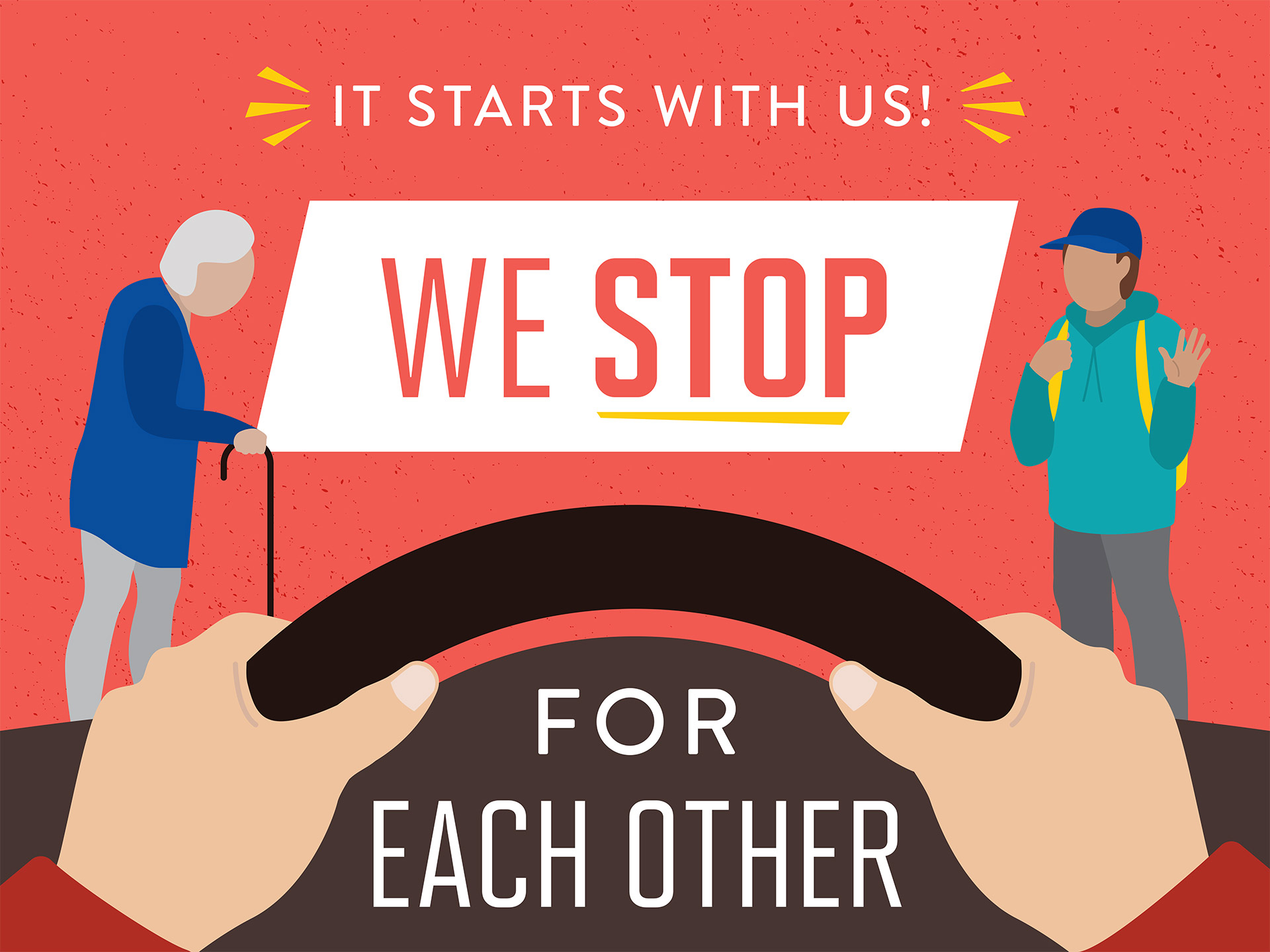
Spurlock Sunday: “Sign” Language: from Signifying to Solidarity
- Event Date: Sunday, January 26, 2025
- Time: 1:00 pm–3:00 pm (CST)
- Location: Collaboration and Community Gallery, Spurlock Museum, 600 S. Gregory St., Urbana, IL
During election seasons Americans place a sea of signs across their neighborhood lawns to signify their candidate of choice or to rally others to vote likewise. This tradition dates to the 1820’s when John Quincy Adams tried to gain an edge on his political opponent by convincing townspeople to showcase his signs in their yards. People see such signage as part and parcel of election campaigning, as well as the occasional theft of such signs by dissenting passersby.
Following elections political yard signs are eventually removed and this indirect, visual, non‐verbal “sign” language conversation quickly falls silent. Imagine if these signs continued to decorate lawns after elections but for an alternative purpose, especially following the sometimes upsetting things we learn regarding our neighbors’ views. Come and join us as we design messages for political yard signs that promote a sense of community solidarity—“These are commitments WE honor despite ideological disagreement”—foster social trust, and strengthen the word ‘NEIGHBOR.’


The Spurlock Museum acknowledges support from the Illinois Arts Council.